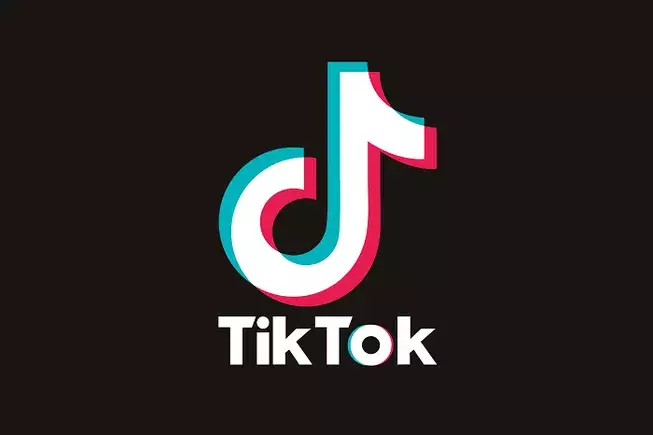The conversation around TikTok in the United States has been a tumultuous journey, marked by a blend of regulatory challenges, political posturing, and corporate negotiations. Recently, the reactivation of TikTok for download on major platforms signifies a temporary victory for its parent company, ByteDance, amid underlying legal uncertainties. This article delves into the mechanisms that allowed TikTok to return to the mainstream digital arena, explores the implications of ongoing negotiations, and examines the juxtaposition between the app’s popularity and the political context within which it operates.
In the wake of increasing scrutiny about data privacy and national security, the U.S. government enacted the “Protecting Americans from Foreign Adversary Controlled Applications Act.” This legislation mandated that TikTok be divested from its Chinese ownership by January 19 to avoid a complete ban. The Biden administration’s stance was clear: apps controlled by foreign entities, particularly those from adversarial countries, must either comply with U.S standards through ownership changes or face expulsion from the American app ecosystem.
With the deadline approaching and no sale materializing, former President Trump’s executive order extended negotiation timelines, granting an additional 75 days for ByteDance to secure a deal. This shift illustrates the dynamic nature of political influence on technology and consumer applications, as reassurances from the Trump administration provided critical breathing room for TikTok’s operations.
The Role of Major Tech Companies
The responses from major technology companies like Google and Apple highlight the complex relationship between big tech and government regulation. Initially, both companies took proactive measures to remove TikTok and its associated applications from their stores due to fears of potential legal ramifications. However, the recent legal confirmation affirming their safety from prosecution signals a willingness to re-engage with TikTok, showing that their corporate interests align closely with user demand.
Both Apple and Google have had to balance compliance with federal regulations while responding to the market’s inclinations. The reinstatement of TikTok in their app stores underscores the importance of these platforms in mediating access to global application ecosystems. By complying with the legal retribution purported by the AG’s office, they have re-established a crucial conduit for users keen on maintaining their engagement with the app.
The Implications of Ongoing Negotiations
Amidst this legal and political backdrop, discussions about potential acquisitions by American companies such as Microsoft or Oracle have emerged. However, any binding agreement would require Chinese authorities’ endorsement—a factor that complicates the intricacies of international business and sovereignty. TikTok’s executives have been working diplomatically to navigate these obstacles, indicating a complex interplay of negotiation within the framework of national relationships.
As users resume their usage of TikTok and the app regains its footing, questions linger about what long-term agreements might look like. Will a U.S. government stake in TikTok materialize, as hinted at by Trump? The potential for future limitations on TikTok’s operations looms large, demonstrating the delicate equilibrium that the app must maintain.
Interestingly, TikTok’s cultural clout in America cannot be overstated. Being a platform that influences trends, provides entertainment, and serves as a significant communication tool, it has captured a unique audience segment. Trump’s public persona is also wrapped in this digital culture; his substantial follower base on the platform further complicates his administration’s stance against the app.
The ironic disconnect is palpable—Trump reveres the app that he has previously critiqued, while simultaneously mispronouncing it as “Tic Tac” in public forums. This duality encapsulates the broader political discourse of America’s digital landscape and the strange bedfellows formed through power, technology, and popular culture.
While TikTok currently enjoys reinstated access in the U.S., the future remains uncertain. As negotiations continue, and with the landscape of app ownership and international relations continually evolving, users and stakeholders must remain vigilant. The legal framework guiding app accessibility, coupled with the political influences shaping these conversations, sets the stage for a fluctuating digital environment—a reality that both users and creators must navigate for the foreseeable future.

